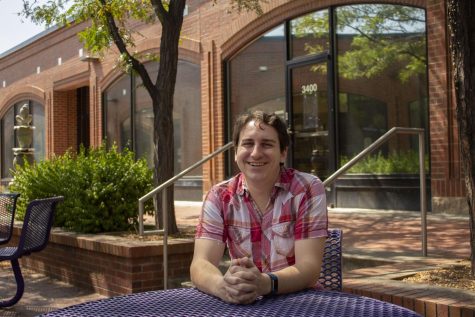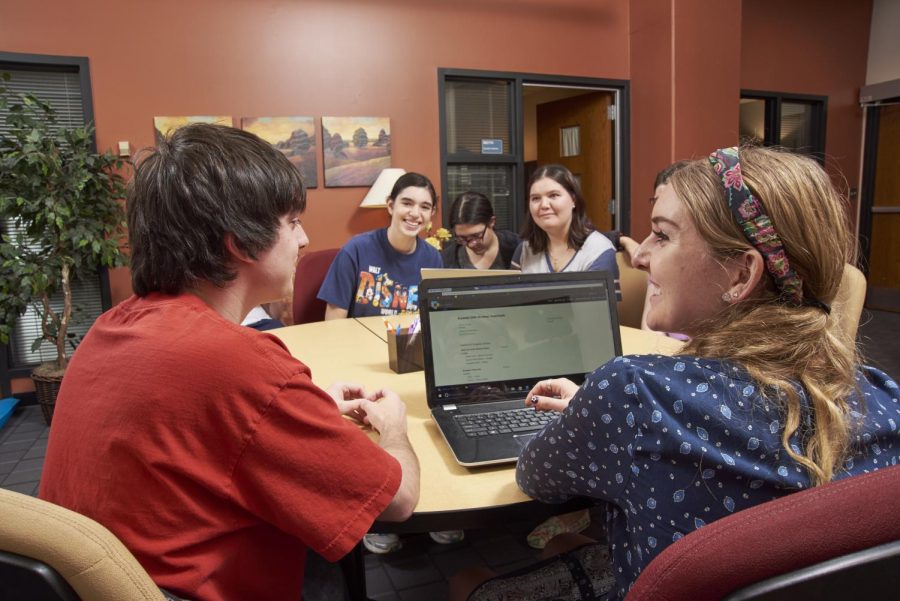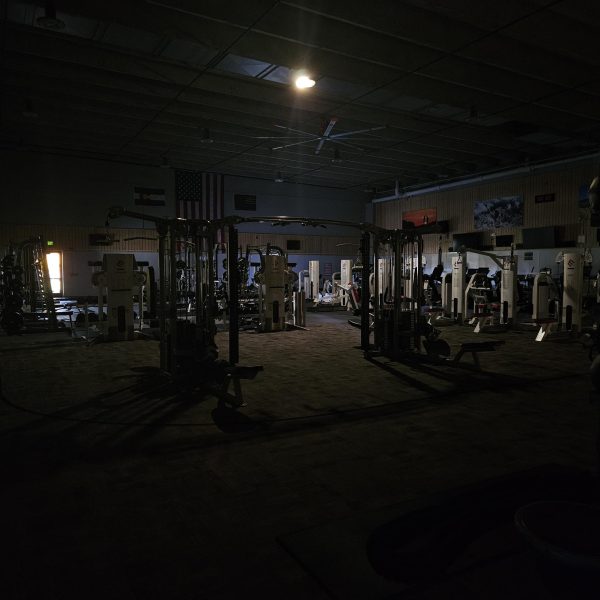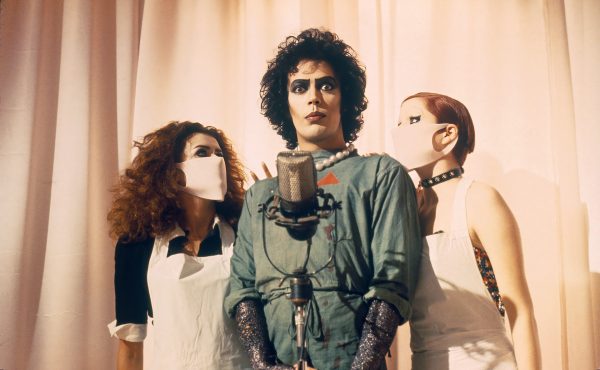Operating on a Spectrum for Success
Raising children comes with various challenges. From teaching them how to walk and speak to how to drive and figure out their own paths as adults, no two children are the same. Children with Autism Spectrum Disorder (ASD) face even greater challenges as they grow. Because autism operates on a spectrum, the needs of these children vary greatly, presenting its own set of difficulties that parents and educators must overcome to ensure the success and health of those with ASD.
Is enough being done to ensure the successful future of these children? Families with children with ASD often worry about the opportunities for their kids after they grow up. According to findings from Drexel University, 58% of adults with autism find a job by their early 20s, the lowest from the other disabilities studied.
In an attempt to progress Colorado’s ability to provide for children with ASD, on Jan. 8, 2020, a bill was introduced that would require “an administrative unit to allow a behavior analyst to provide medically necessary services to a student during school hours” upon request.
The bill, introduced by parents of children with autism, was conceived after parents noticed an improvement in the ability to communicate after up to 35 hours a week of in-person aid. Erica Meltzer of Chalkbeat Colorado had previously covered the bill, interviewing one of the families mentioned, the Quinlan family. As Meltzer writes in her article, “the only way Quinlan can fit that much-specialized therapy into the week is to pull his son out of his Cherry Creek School District classroom halfway through the day, every day. Even so, he doesn’t get home until well after 6 p.m.”
On March 9, 2020, the bill was re-engrossed to allow separate districts in Colorado to vote on and determine their own policies for allowing behavior analysts into classrooms or not.
While the bill passed, the reason for the changes revolved around concerns of privatizing care for children with ASD. Permitting districts to vote on their own approaches would ensure no child was left behind because of high prices for care and assistance.
Following this vote, COVID-19 was labeled a national emergency on March 13, 2020, and soon after Colorado adopted its stay-at-home policy. For students across the state, this created new challenges in the middle of the school semester. Traditional learning was interrupted and life came to an eerie halt as businesses shuttered their doors, streets became empty, and toilet paper became a scarce resource.
For children with ASD, this presented even greater challenges and – curiously – tremendous opportunity.
In an interview with Jesse Ogas, Executive Director of the Autism education group Firefly Autism, the Pinnacle sought answers to the challenges those children faced. “It took the rest of the day and weekend to develop – and I mean overnight – telehealth treatment plans for every one of our students,” explained Ogas.
Executives and instructors at Firefly had to craft specialized plans to continue lessons and development for all of their students individually. While traditional schools are bound to expectations set by No Child Left Behind for early child development or a set standard grading rubric for all students, educators who work with those with ASD have to find a personalized method to teach their students. Autism operates on a spectrum, and because of this, children with ASD are reacting to the same methods in entirely different ways.
No two children are the same, with or without ASD, because no two people are the same.
One of the interesting outcomes of switching from development in the Firefly center to at home is that some children thrived. Some of the children who were more stressed when around people showed improvements while at home. However, Ogas explains, “we’ve seen some real amazing things, but we’ve also seen some extremely tough situations and heartbreaking situations.” Some of the non-verbal children are not able to communicate over computers the way they previously were in person.
Ogas affirms that for people without ASD, COVID-19 has created its own anxieties, including isolation, fear, and anger, but also lamented that in children with ASD, this lack of socialization has had amplified effects on those individuals. Those with higher needs are facing the true brunt of this pandemic, as their place of learning and “fun,” as Ogas described it, is no longer available to them. This has unfortunately led to some increased aggression and self-harm in those individuals.
For those individuals with higher needs, Firefly has continued to provide in-home services so long as CDC guidelines were met, as well as guidelines that Firefly established to keep everyone safe. This was inclusive of masks and observing social distancing.
Another benefit to come from the COVID-19 pandemic has been, of course, the new approach to tele-health that Firefly has taken on. “One of the things my staff has been doing over the last two months is really analyzing the data to create impactful and helpful tele-health models for every individual student,” explains Ogas. “And the reason that’s important is that whether they’re 18 months or they’re 70 years of age that we’re serving in-home” Firefly has new tools and new methods to properly reach these individuals and ensure their continued success.
Prospective college students in Colorado with autism face unique challenges. At this point, they are no longer bolstered by the support that was present for elementary or middle school and has had to use high school to learn tricks to ensure their success in the future. However, those who do go one to pursue college are now expected to be self-sufficient, and able to recognize when they need assistance.
The Pinnacle has already looked at Arapahoe Community College’s approach (ACC). “We want them to self-advocate,” Elisabeth Olson said in an interview. Higher education comes with expanded responsibilities and the expectation that a student is able to self-motivate.
However, ACC does offer the Elevate program, a unique approach to higher education in Colorado that focuses on assisting those students who do require extra help.
Boys in the state of Colorado are “almost four times more likely” to be diagnosed with autism than girls. According to the Center for Disease Control, 1 in 65 eight-year-old boys were identified with ASD, while 1 in 238 girls were.
Across the state, 1 in 101 children were identified with ASD at eight-years-old. There is also a correlation between ethnic background and autism rates, with white children having the highest rates of ASD diagnoses, while Hispanic children were the least affected.
Although Colorado is well below the national average for rates of ASD, there remains an on-going struggle to better provide assistance in various forms.
In 2018, a bill that would have made autism a condition eligible for medical marijuana was vetoed by Gov. John Hickenlooper. “If we sign that bill we end up, without question, in some way encouraging more young people to look at this as an antidote for their problems,” explained Hickenlooper as he defended his decision.
While medical marijuana is still looked at with scrutiny and concern to this day in various states, the idea that escaping into marijuana to deal with ‘problems’ lacks greater vision and concern for people who can benefit from such treatment. However, in patients with Parkinson’s or Alzheimer’s, medical marijuana has proven effective at mitigating the symptoms of these neurodegenerative diseases.
On the other side, medical marijuana has been reported to cause anxiety – something that raises concerns when looking into using it as a relaxant for people with autism. “Long-term or heavy use of cannabis, especially in individuals who begin using as adolescents, has lead to addiction,” writes Mary Barna Bridgeman and Daniel T. Abazia in their paper on medical marijuana. Anxiety is a common symptom in autistic teenagers, and using marijuana for its benefits may end up worsening their anxiety.
As there is no cure for autism nor is there an understanding of what causes a child to have ASD, there is only research and care that can be done and given. As these children grow up finding their way in the world is often a greater struggle, due to other effects ASD may have on them. For now, those who work with these children are the best hope for their future they can receive.

Lucas Miller is a student at ACC pursuing a path in journalism. Writing has been a passion of his since his youth, mostly enjoying telling fictional stories set in worlds of his own creation. He has lived half of his life overseas...













